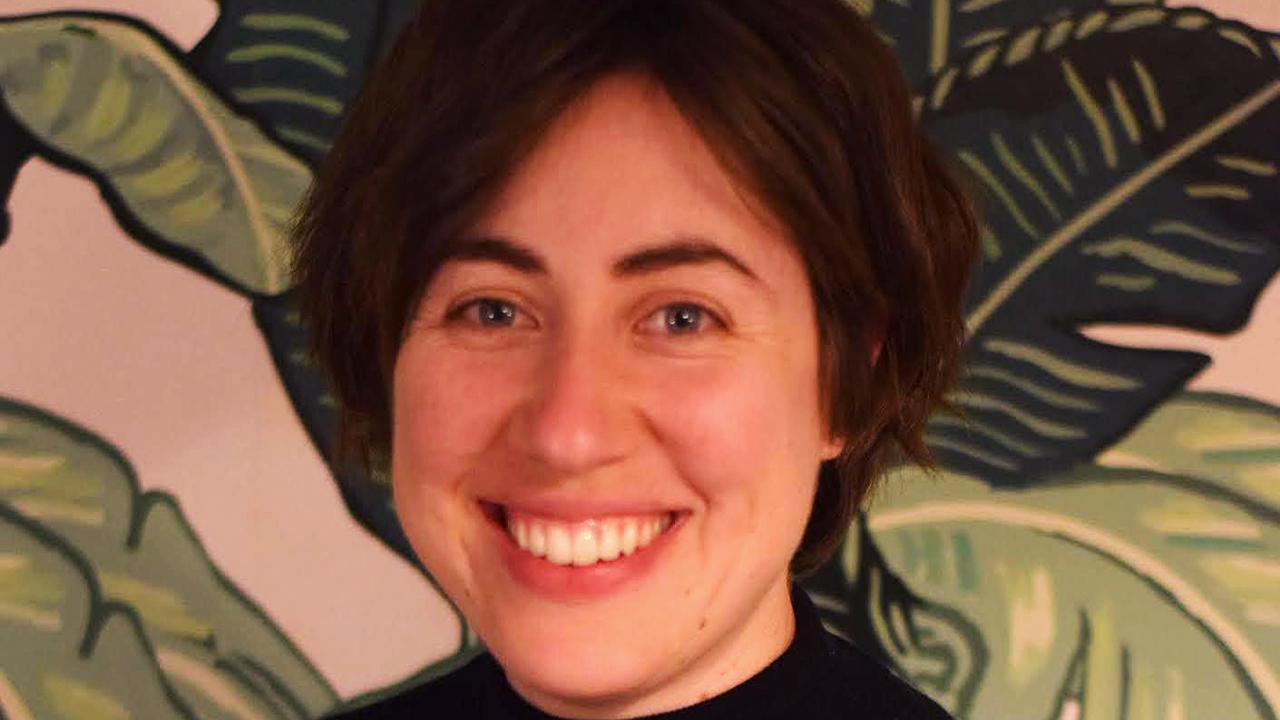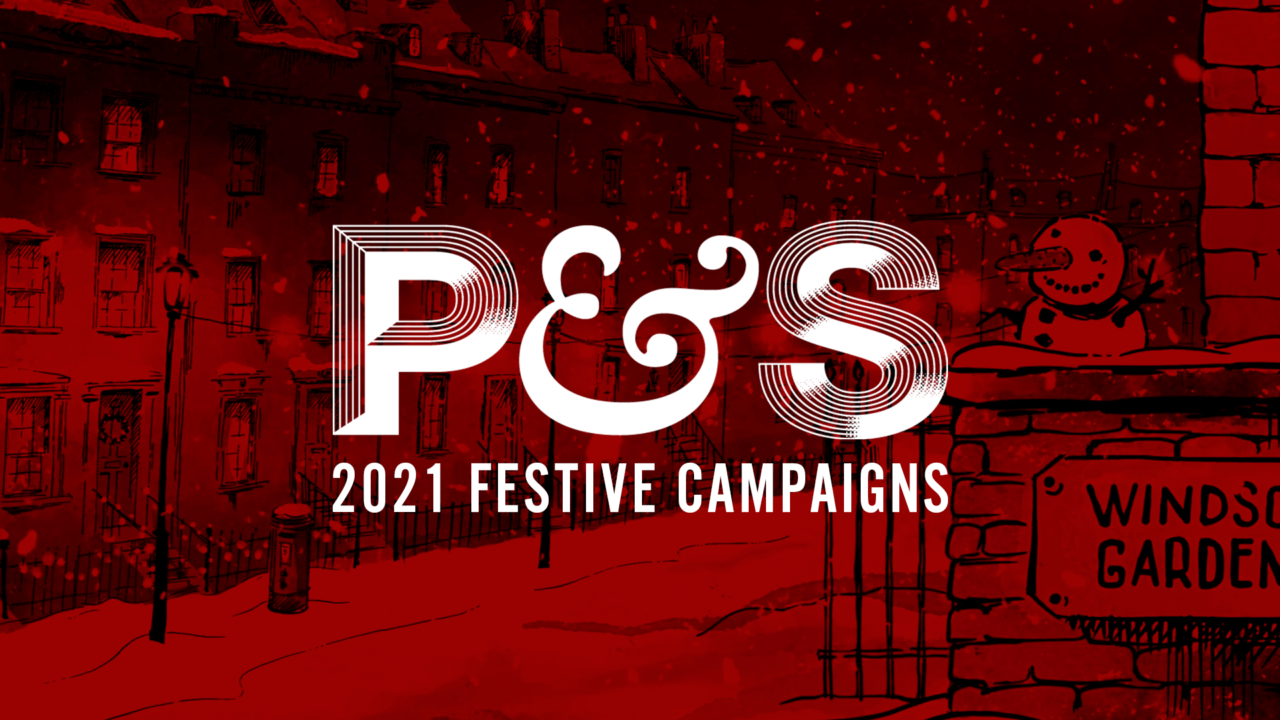Not content with changing everything, covid is really hanging around, putting culture under threat like never before. Yet creativity and ingenuity endures, and maybe even thrives under pressure. Over the following weeks we’ll be talking to some leading culture makers to explore the light at the end of the tunnel.

CULTURE VS COVID: JENNA MASON
JENNA MASON
curates Friday Late at the V&A, which was the first of the late-night museum performance programmes, launched in 1999. Late celebrates all aspects of contemporary visual culture and design through live performance, film, installation, debate, DJs and workshops, and pre-covid would see 5,000 visitors coming through on a Friday night each month.
What has been your favourite piece of culture that wouldn’t have happened without covid?
I really love how so many performers who would usually show their work in a dingy basement in the night-time, have started performing in the day. Mark T Cox is a cabaret musician and most of his performances take place late at night in queer venues like the Glory. But he started doing a series on a Sunday morning, just him at his keyboard, playing some tunes. There’s something really lovely about transporting it to a completely different moment, when you’re probably staying in bed with a cup of coffee, just watching on Instagram Live.
Thinking personally, have you explored new opportunities or new ways to create or produce that you wouldn’t have tried if it wasn’t for the pandemic?
It’s transformed the way the museum works with digital completely. It’s forced us to think and to do things differently. I’m not sure that would have happened otherwise. Or if it had, it would have taken ages. In normal times everything we do for Lates appears for one night and then disappears, which means there’s no archive of amazing stuff that happened.
We just did a beautiful film of a performance by a contemporary dance company, FUBUNATION. It was shot in the empty museum, using the architecture and the galleries, and it was an incredible piece of work that we would never have been able to do otherwise. Because quite frankly, normally museums never really close.
What will be the new outlets, the new spaces, the new ways the arts can reach people and also provide performers and creators a means to make a living?
Over the last few months, I’ve really noticed that a lot of people who wouldn’t normally monetise their work have lost any squeamishness around doing that, which is brilliant. Even something as simple as saying, this is my PayPal link. If you if you like what I’m doing send me some money.
There are sculptors and painters now who are actually making good money off TikTok, which I think is really interesting. And I’ve noticed a lot of visual artists, rather than thinking about making one big sale, they’re making small, cheap editions of works, thinking, “Let’s just sell lots of things at a much more accessible price for people.” Artists now seem to be quite comfortable with the fact that people are buying art to make their houses look nice. They’re embracing the design element of their work as much as thinking of it as an intellectual pursuit. And thinking actually, this is just a beautiful photograph that someone might want on their wall.
There’s also a willingness on the part of the audience to part with their money and give it directly to the artist, whereas normally, it would only reach them in a more roundabout way, and it would only be a very small number of artists that ever saw any money.
The crisis has been both a revolution and a serious challenge. How have things changed for you?
We’ve had to go back to thinking about what the programme is, what its principles are, what the ambitions are, and find the most interesting way to meet those ambitions. We were really clear from the start that we didn’t want to just translate one to the other and do the in-person event online; we’d rather do something completely different. It’s been a really nice opportunity to think about what really matters to our programme and to the artists that we work with.
We’ve seen some great brand-led initiatives; is there more brands could be doing? What’s the best way they could help?
I think brands on the whole have been really understanding, given that a lot of the things that were agreed on just can’t be delivered. They’ve continued to support us and be really open to different ways of doing things. The alternative would be for the museum to lose a huge amount of money. So it’s really important they are open to those changes and flexible to it.
What’s the one development that gives you the most reason for optimism?
What’s exciting is we’re reaching totally different audiences. We can get 5,000 people in the museum, but with FUBUNATION we had 90,000 impressions and 26,000 views. Now, when we’re planning the programme, we’re thinking of it as a way to engage audiences who might never have been to the museum before. Or even considered it a place for them.

